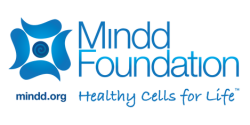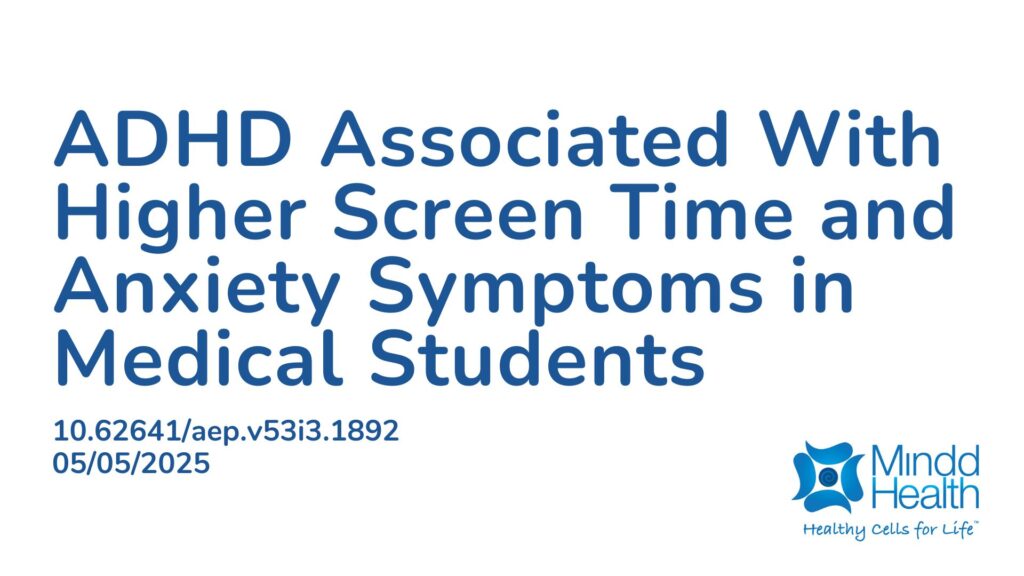Summary:
ADHD is a common neuro-developmental disorder characterised by inattention, hyperactivity, and impulsivity. Among U.S. medical students, it is the most frequently self-reported disability. University life places high cognitive and emotional demands on students, with lifestyle factors such as screen time and physical inactivity influencing mental health. This cross-sectional study surveyed medical students aged 18 and over using online questionnaires assessing ADHD symptoms (ASRS), anxiety, and physical activity. Of the 99 students who participated, 40.4% screened positive for ADHD symptoms. Students with positive ASRS scores reported significantly more screen time and higher anxiety levels. Screen time emerged as a significant predictor of ASRS scores in further analysis. In conclusion, a large proportion of medical students demonstrated signs of ADHD risk based on self-report. Those at risk also showed increased screen use and anxiety symptoms. These findings support the value of ASRS screening in academic settings and suggest that screen time may be linked to ADHD symptom severity.
Abstract:
Background: Attention deficit hyperactivity disorder (ADHD) refers to a set of symptoms, such as an inability to sustain attention, hyperactivity, and impulsivity, with a prevalence of 2.0% for the general population. Approximately 2.7% of American medical students report having some form of disability, with ADHD emerging as the most frequently self-disclosed condition. Medical students with a positive ADHD Self-Report Scale (ASRS) score present more depression symptoms in comparison with those with a negative ASRS score. Previous studies suggest that a low amount of time spent in physical activity and a high amount of time spent in sedentary behavior were associated with mental disorders (e.g., anxiety and depression). However, information in the literature on this association with symptoms of ADHD is limited, particularly in medical students. Methods: In this cross-sectional study, we investigated a sample of medical students aged 18 years or older. Individuals diagnosed with ADHD were excluded. Participants completed an online survey, which included questions about demographic and academic experiences, the ADHD Self-Report Scale, the International Physical Activity Questionnaire (IPAQ), and the Beck Anxiety Inventory (BAI). Statistical analysis was conducted using the SPSS 22 program, with a significance threshold of p = 0.05. Results: Out of ninety-nine medical students included, forty individuals (40.4%), demonstrated positive ASRS scores, suggesting a risk for ADHD. After dividing the participants into groups according to their ASRS scores (negative or positive ASRS), the Mann-Whitney comparison revealed that the negative ASRS group exhibited lower daily screen time (9.0 vs 12.0 hours per day; p < 0.01) and reduced anxiety symptoms (8.0 vs 16.0 points; p < 0.01) compared to the positive ASRS group. Furthermore, the linear multiple regression analysis indicated that screen time was a predictor of the ASRS score. Conclusion: In a sample of medical students, the current study showed a prevalence of 40.4% of positive ASRS. The results suggest that medical students with a positive ASRS score have higher screen time, as well as more symptoms of anxiety. In addition, we found that screen time was a significant predictor of scores in the ASRS.
Article Publication Date: 05/05/2025
DOI: 10.62641/aep.v53i3.1892



